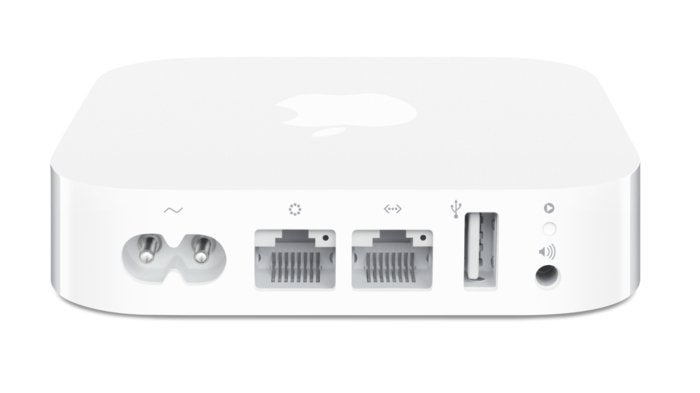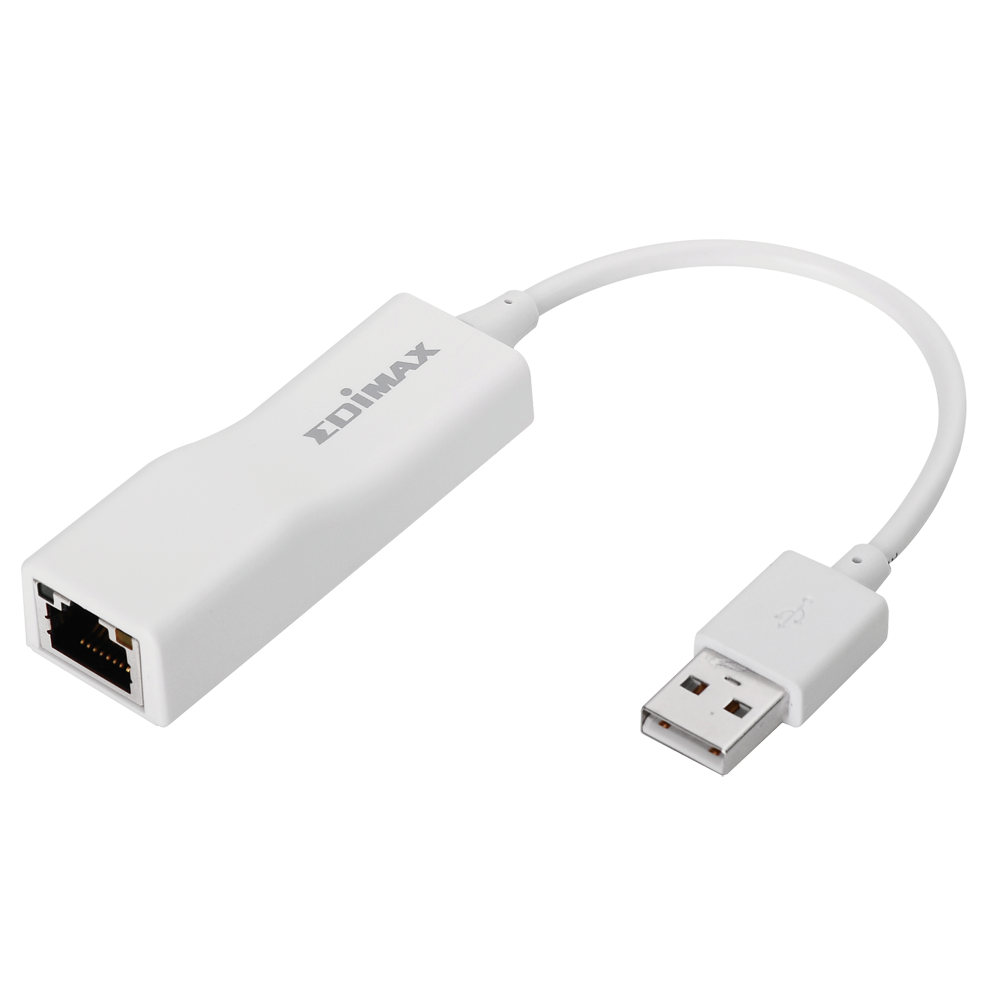If you’ve ever had a Mac with a Wi-Fi hardware problem, then you know that attempting to use a USB dongle to fix your Wi-Fi has long been a funky experience. That’s especially been the case. In the “To computers using” box, enable the Wi-Fi option. This will create a Wi-Fi hotspot, and the Internet connection you selected at the top of the window will be shared with devices that connect to the Wi-Fi network. Click the “Wi-Fi Options” button at the bottom of the window to configure your Wi-Fi hotspot.
Several users said that wireless internet is not working properly after updating to macOS Catalina. More specifically, users stated that their browsers (Safari, Chrome etc) stopped loading websites even though the Wi-Fi seems to be connected.
If you are having this problem, then this article is for you. Please after trying each step test to see if your Wi-Fi problem is fixed:
See also: How To Disable Wi-Fi Auto-Join in macOS
1. Update your Mac if there is an update available. You can check that by going to Apple menu > About This Mac > Software Update.
2. Disable Wi-Fi (you can do so by clicking the Wi-Fi icon and selecting ‘Turn Wi-Fi Off’ in the menu bar) and wait a few seconds and then re-enable it.
3. Restart everything:
- Restart your Mac by goign to the Apple menu and Restart
- Restart your modem and router

4. Create a new network location:

- On your Mac, click the Apple menu
- Click System Preferences
- Click Network
- Click the Location drop down menu (This says Automatic, unless you changed it before)
- Click Edit Locations
- Click the plus (+) sign to add a new location
- Rename the new location if you want
- Click Done
- And click Apply (Network pane).
- Now try to test if your Internent problem is resolved.
See also: Your Mac or iPhone Can’t Connect to a Public Wi-Fi Hotspot (Captive)? Fix


5. If you are still having this problem, restart your Mac in safe mode. Here is how:
- Turn off your Mac
- Turn on your Mac and immdediately press and hold the Shift key until you see the login screen.
- When you see the login screen, you may release the Shift key.
- Login
- Your Mac will start in safe mode. In safe mode, do you have Wi-Fi problems?
- Restart your Mac. This time restart normally.
6. Remove Wi-Fi and readd again. Here is how:
- On your Mac go to Apple menu > System Preferences > Network
- Select Wi-Fi (left menu)
- Then click the minus (-) sign to remove it
- Then Click Apply
- After that now click the plus (+) sign. You will see a window saying “select the interface and enter a name for the new service.” Select Wi-Fi and click Create then Apply.
After trying the steps above, are you having issues with getting connected to a Wi-Fi network with your Mac? Then it is time to contact Apple Support.
See also: How to reset network settings on Mac
These advanced steps are primarily for system administrators and others who are familiar with the command line. You don't need a bootable installer to upgrade macOS or reinstall macOS, but it can be useful when you want to install on multiple computers without downloading the installer each time.
Download macOS
Find the appropriate download link in the upgrade instructions for each macOS version:
macOS Catalina, macOS Mojave, ormacOS High Sierra
Installers for each of these macOS versions download directly to your Applications folder as an app named Install macOS Catalina, Install macOS Mojave, or Install macOS High Sierra. If the installer opens after downloading, quit it without continuing installation. Important: To get the correct installer, download from a Mac that is using macOS Sierra 10.12.5 or later, or El Capitan 10.11.6. Enterprise administrators, please download from Apple, not a locally hosted software-update server.
OS X El Capitan
El Capitan downloads as a disk image. On a Mac that is compatible with El Capitan, open the disk image and run the installer within, named InstallMacOSX.pkg. It installs an app named Install OS X El Capitan into your Applications folder. You will create the bootable installer from this app, not from the disk image or .pkg installer.
Use the 'createinstallmedia' command in Terminal
- Connect the USB flash drive or other volume that you're using for the bootable installer. Make sure that it has at least 12GB of available storage and is formatted as Mac OS Extended.
- Open Terminal, which is in the Utilities folder of your Applications folder.
- Type or paste one of the following commands in Terminal. These assume that the installer is still in your Applications folder, and MyVolume is the name of the USB flash drive or other volume you're using. If it has a different name, replace
MyVolumein these commands with the name of your volume.
Catalina:*
Mojave:*
High Sierra:*
El Capitan: - Press Return after typing the command.
- When prompted, type your administrator password and press Return again. Terminal doesn't show any characters as you type your password.
- When prompted, type
Yto confirm that you want to erase the volume, then press Return. Terminal shows the progress as the bootable installer is created. - When Terminal says that it's done, the volume will have the same name as the installer you downloaded, such as Install macOS Catalina. You can now quit Terminal and eject the volume.
* If your Mac is using macOS Sierra or earlier, include the --applicationpath argument, similar to the way this argument is used in the command for El Capitan.
Use the bootable installer
After creating the bootable installer, follow these steps to use it:
- Plug the bootable installer into a compatible Mac.
- Use Startup Manager or Startup Disk preferences to select the bootable installer as the startup disk, then start up from it. Your Mac will start up to macOS Recovery.
Learn about selecting a startup disk, including what to do if your Mac doesn't start up from it. - Choose your language, if prompted.
- A bootable installer doesn't download macOS from the Internet, but it does require the Internet to get information specific to your Mac model, such as firmware updates. If you need to connect to a Wi-Fi network, use the Wi-Fi menu in the menu bar.
- Select Install macOS (or Install OS X) from the Utilities window, then click Continue and follow the onscreen instructions.
Wi Fi Usb For Mac Os 10.10
Learn more
For more information about the createinstallmedia command and the arguments that you can use with it, make sure that the macOS installer is in your Applications folder, then enter this path in Terminal:

Catalina:
Mojave:
High Sierra:
Wi Fi Usb For Mac Os X Lion
El Capitan:
